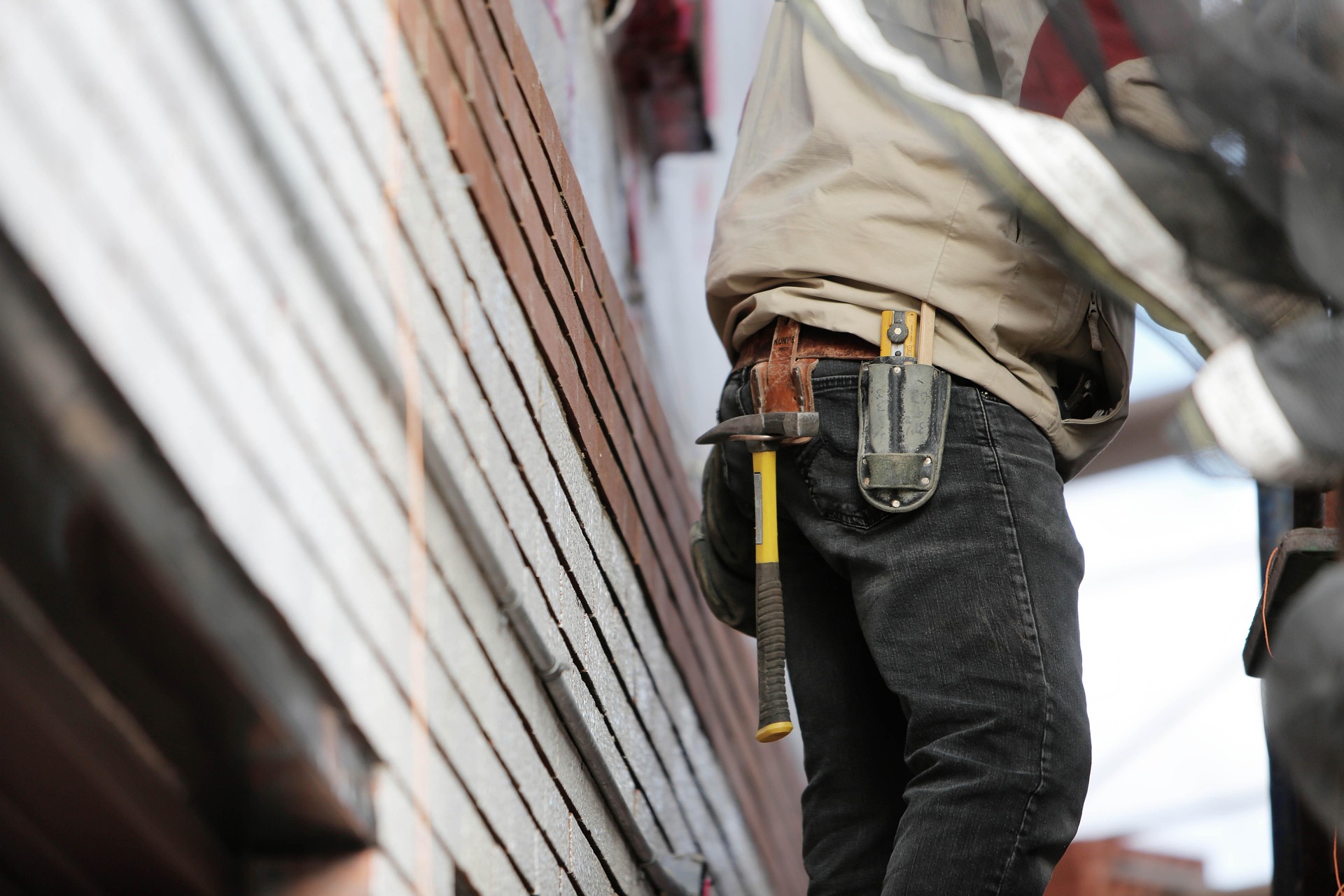Choosing Materials for Durable Masonry Cap and Crown Repairs
Durable masonry caps and crowns extend the life of a chimney by protecting brick, mortar, and the flue from water, freeze-thaw cycles, and heat. Choosing appropriate materials, understanding sealing and repointing needs, and coordinating inspections with a sweep or lining check can reduce drafts and creosote buildup. This article summarizes material choices, common failure modes, and restorative practices to help homeowners and local services plan long-lasting repairs while maintaining safe venting and stack performance.

A properly repaired cap and crown are essential to the longevity of masonry structures because they protect the flue and the stack from moisture, debris, and physical wear. Materials and techniques influence how well a cap sheds water and how a crown resists cracking or spalling. Integrating sealing, appropriate mortar mixes, and compatible lining work reduces the need for frequent restoration and helps maintain safe venting and draft control.
How does a masonry cap protect the flue and stack?
A masonry cap sits atop the stack to shield the flue from direct rain, snow, and animals. Durable caps combine a water-resistant surface with an overhang that diverts runoff away from brickwork. Materials such as dense concrete mixes, stone, or metal flashings are used depending on compatibility with the existing masonry. Proper flashing and sealing between the cap and the stack help prevent leaks that can undermine mortar joints and lead to interior damage.
What materials suit crown repair and sealing?
Crown repair materials should prioritize flexibility and adhesion to avoid hairline cracks that allow water ingress. Trowel-grade polymer-modified mortars and cementitious crowns designed for exterior exposure are common options. Silicone-based or breathable masonry sealers may be applied sparingly to repointed areas, but avoid non-breathable coatings that can trap moisture and accelerate deterioration. Matching thermal expansion properties between crown materials and the underlying brick is critical to long-term sealing performance.
How does repointing and mortar choice affect durability?
Repointing replaces deteriorated mortar joints and is a pivotal part of restoration. Selecting an appropriate mortar mix—often a Type N or a lime-based mortar for historic masonry—helps ensure joint flexibility and compatibility with older bricks. Hard, high-cement mortars can cause bricks to crack under freeze-thaw cycles. Correct joint profiles and tooling also improve water shedding. Always confirm mortar selection with an inspection to avoid mismatched materials that lead to repeat work.
How to address creosote, lining, and venting concerns?
Crown and cap repairs interact with interior components like the flue lining and venting system. Heavy creosote accumulation can influence repair timing because it increases fire risk and may require a professional sweep before any work. If the flue lining is damaged, relining or installing a new stainless steel liner may be necessary to restore safe venting. Coordination between masons and sweep or lining specialists ensures that cap and crown repairs do not mask underlying flue issues.
What inspection and sweep practices prevent drafts?
Regular inspection identifies cracks, spalling, or failed seals that cause drafts and inefficient venting. A qualified inspection should include a visual masonry review, flue camera when needed, and a sweep to remove creosote and blockages. Addressing gaps around the cap or unstable crown masonry helps restore proper draft and reduces smoke infiltration into living spaces. Schedule inspections after major storms and before heavy burning seasons to catch problems early.
How does restoration balance material and long-term performance?
Restoration aims to use materials and methods that match the chimney’s historic fabric while providing modern resilience. Considerations include compatible mortar, breathable sealants, appropriate crown geometry to shed water, and durable cap materials such as cast-in-place polymer-modified concrete or stone with stainless-steel flashings. Good detailing around the cap preserves the lining and reduces maintenance. Work done with an eye toward proper venting, sealing, and structural stability minimizes drafts and extends intervals between necessary repointing and restoration.
Conclusion Selecting durable materials for cap and crown repairs means balancing water resistance, thermal compatibility, and breathability. Integrating careful repointing, routine inspections and sweeps, appropriate sealing, and attention to flue lining and venting will support long-term performance of the masonry stack and reduce issues such as creosote buildup and drafts. Thoughtful restoration work helps preserve structural integrity while maintaining safe venting characteristics.






